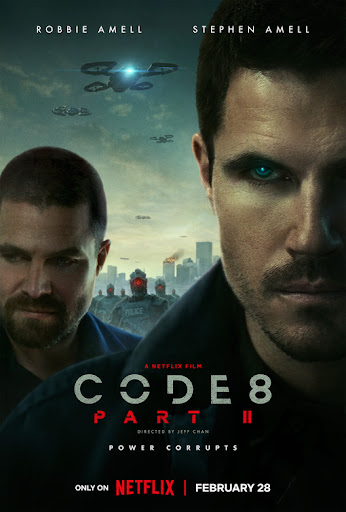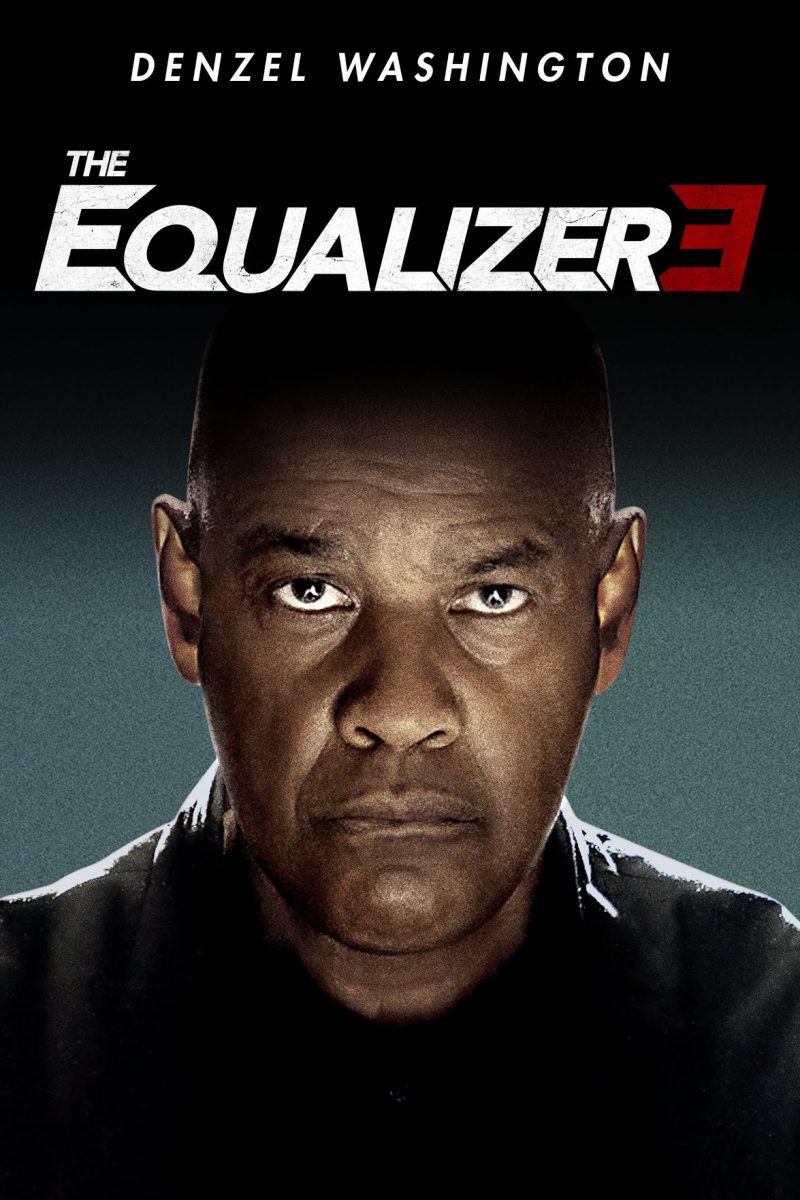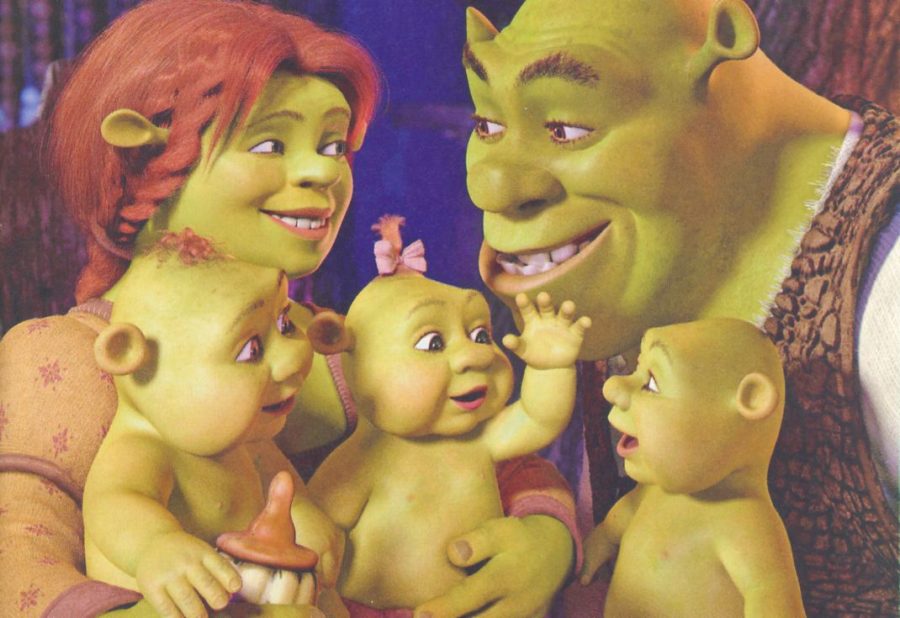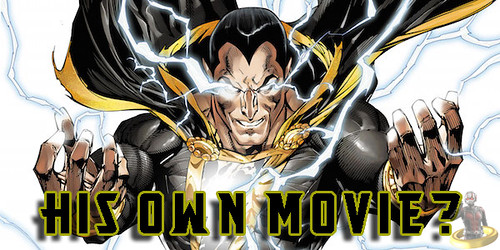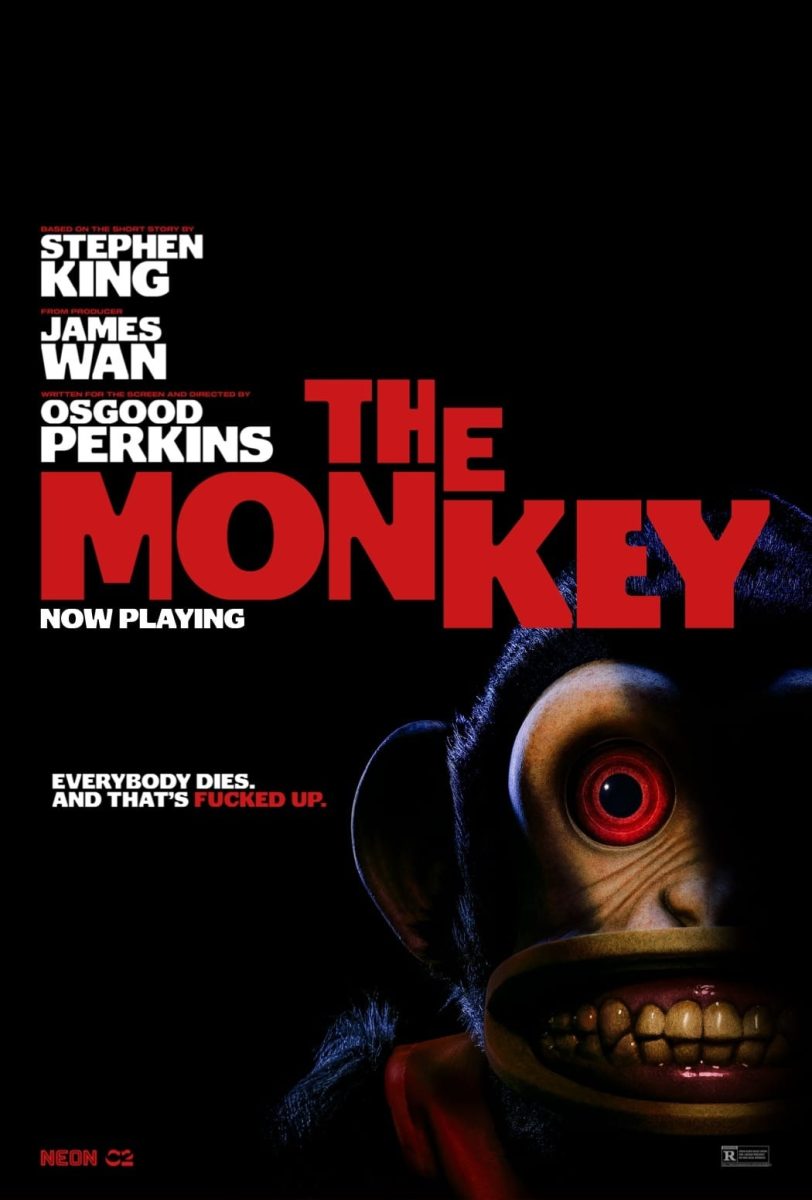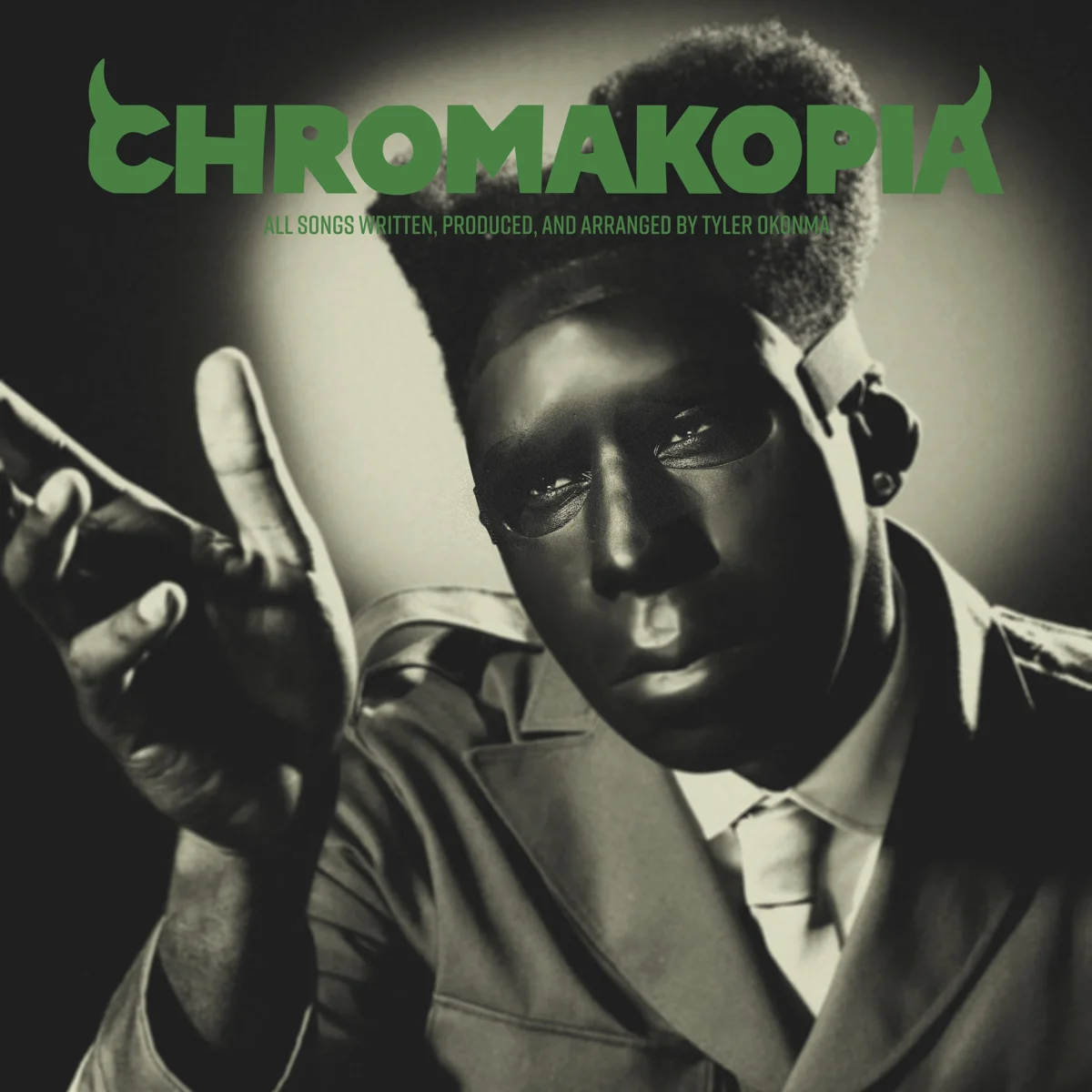Within his new full-length film on Netflix “Apostle,” Gareth Evans follows a rather new and different path that includes a full-fledged horror with a dark, nasty and discordant story surrounding a religious cult, which premiered on Oct. 12. It’s a chilling gore with incredible creativity, leaving the audience at the edge of their seat.
Set in the 20th century, the film follows a former priest, named Thomas Richardson, played by Dan Stevens, who is also the long-lost son of a wealthy man.
When he returns home, it is discovered that his sister was kidnapped and held ransom on a remote island by a cult. Stevens takes it upon himself to rescue his sister.
Stevens gave a powerhouse performance as a drug-addicted Richardson who experienced hell on the island of Erisden.
The character’s outrage upon what he witnessed allowed Stevens to reach into his inner Nicolas Cage level of madness, while staying grounded when facing evil or swimming in literal feces and blood.
Other characters included Michael Sheen’s Malcolm, who is the self-appointed prophet that has enough danger and charm to keep viewers from knowing his intentions.
Lucy Boynton plays Malcom’s daughter, whose character is the only good individual throughout the story that provides the moral sanity the film needed.
Playing the character Quinn, Mark Lewis Jones captivates the audience by acting as the cult’s glue and muscle that becomes mad and frightening as the story continues. He makes for a horrific villain who keeps his character strong without turning cartoonish.
Director Gareth Evans really knew how to build tension. For example, the audience feared Thomas would get caught at any split second as there was new dangers that approached him.
Besides trying to figure out where his sister was taken, Thomas begins to raise questions and then finds answers to the cult’s odd daily routines.
Why do the cult members fill flasks with blood left outside their homes at night?
Who is this “She” that the cult worships?
Or where would the hatch found on Malcolm’s floor will lead to?
The film continues to build this tension until it reaches the final act, which is an explosion of craziness that takes the audience through a wild roller coaster that pulls “Apostle” towards a folk horror, rather than a thriller genre.
Besides the influence of the “The Wicker Man,” Evans also drew inspiration from “Silence,” so there’s an understanding of religion and nature.
The questioning of God’s existence and if we enslave it, is the core theme of “Apostle,” and the answers may excite and surprise the audience who want a deeper understanding of mythology.
There is so little of martial arts in the film, so for those who expect fracas fights will be left disappointed.
However, when the film does become brutal, it doesn’t hold back.
Evans delivered instinctive torture scenes with limb-crushing set-pieces that will leave the audience’s skin crawling.
Perfectly capturing the beautiful landscape of the island, cinematographer Matt Flannery also captured the gruesome and terrifying savagery of animals and humans.
Flannery shows off his phenomenal camera and stunt work, so there is a feeling of unpleasantness from the impact of every wound and spiking.
Evans has proven to not only deliver master action films with remarkable choreography, but he also delivers a petrifying folk horror tale that enriches mythology and violence.
“Apostle” holds much gratitude to the classic horror films. However, Evans somehow manages to make this film feel fresh and new, while it grasps enough to gratify those who are here for a horror that includes such savagery.










